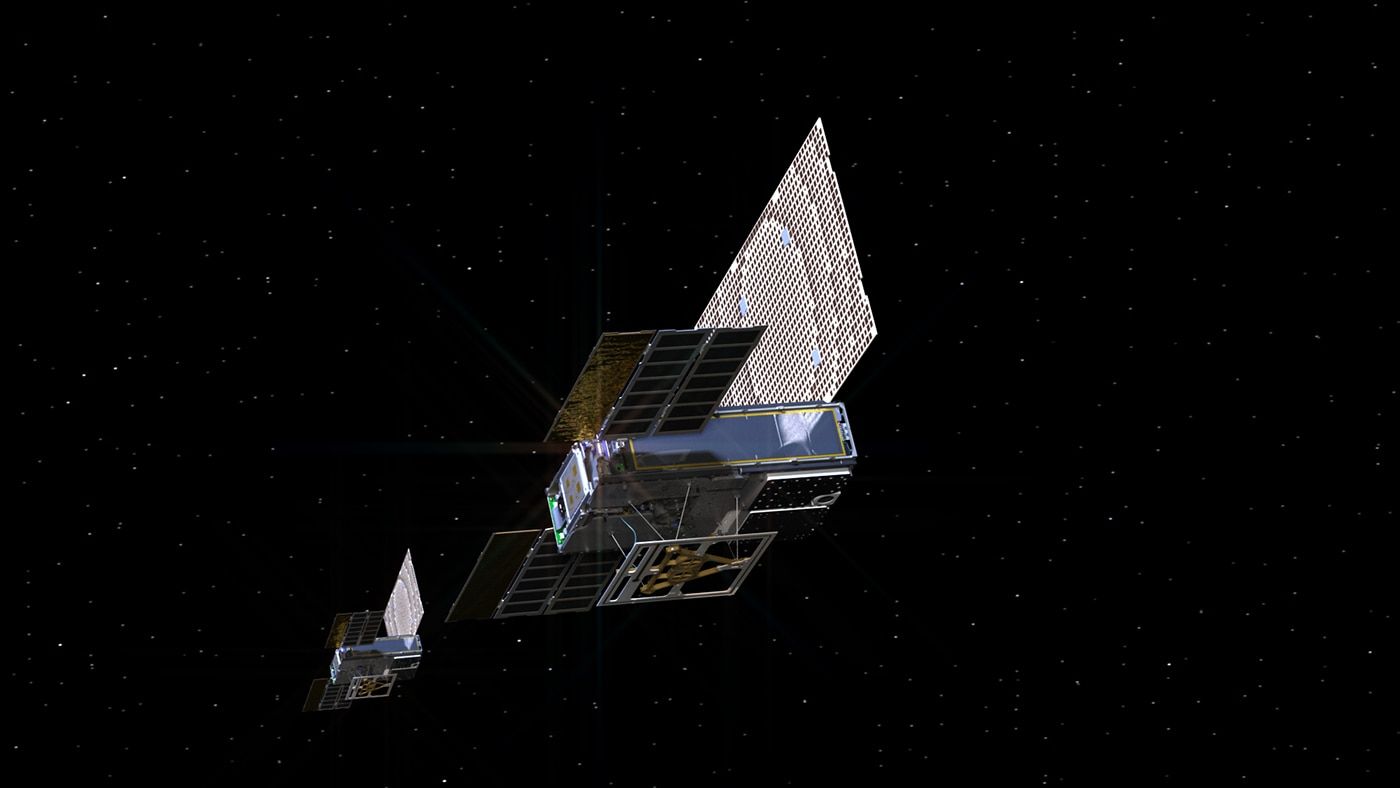NASA Loses Contact with MarCO CubeSat Duo
When NASA launched its InSight mission to study the neighboring planet of Mars, the payload also comprised of two briefcase-sized CubeSats that were collectively named Mars Cube One (MarCO). NASA used the pair of CubeSats to relay real-time status information about the InSight landing (after a small bit of latency due to the distance, of course).
Image Credit: NASA/JPL
To help NASA distinguish between each of the two MarCO CubeSats, NASA independently named them EVE and WALL-E, a nod to one of Pixar’s popular animated films. Unfortunately, NASA’s relationship with the two CubeSats wouldn’t last long; the space agency lost contact with WALL-E on December 29th and then EVE on January 4th, each just over a month after the InSight lander touched down on the Martian surface.
As you might come to expect, NASA has been trying to reestablish a connection with the pair of MarCO CubeSats since the space agency first lost contact, but all efforts to do so thus far have been unsuccessful.
As it would seem, the WALL-E MarCO CubeSat sported a leaky thruster, which may have introduced undesirable wobbling to its projected trajectory. If true, then this would mean WALL-E can’t keep its antenna pointed at scientists here on Earth, and this would inhibit them from contacting it.
Determining why EVE stopped communicating with NASA scientists is a bit more challenging. With no known thruster problems, NASA instead theorizes that it merely reached its distance limit and the antenna can no longer reach us. EVE is estimated to be around 2 million miles away from Earth; comparatively, WALL-E is just 1 million miles away.
NASA says the MarCO CubeSats won’t receive enough sunlight to power their batteries again until this Summer, and the space agency will attempt to re-contact them again at that time. There’s no guarantee they’ll succeed, however.
Related: Hope dwindling as NASA fails to hear back from the Opportunity rover
Despite losing contact with both MarCO CubeSats in the same general timeframe, NASA still considers their pioneering legacy to be a great success. The MarCO satellites marked history as the first miniature CubeSats ever deployed on a deep-space mission, and you can bet NASA learned a lot from the endeavor – knowledge that will go on to fuel future deep-space aspirations.
"This mission was always about pushing the limits of miniaturized technology and seeing just how far it could take us," said Andy Klesh, the mission's chief engineer at JPL. "We've put a stake in the ground. Future CubeSats might go even farther."
"There's big potential in these small packages," added John Baker, the MarCO program manager at JPL. "CubeSats - part of a larger group of spacecraft called SmallSats - are a new platform for space exploration that is affordable to more than just government agencies."
It should be interesting to see what future missions NASA will employ CubeSats for, especially given their cost-efficiencies when compared to the full-sized satellite variety. Only time will tell, however.
Source: NASA/JPL









